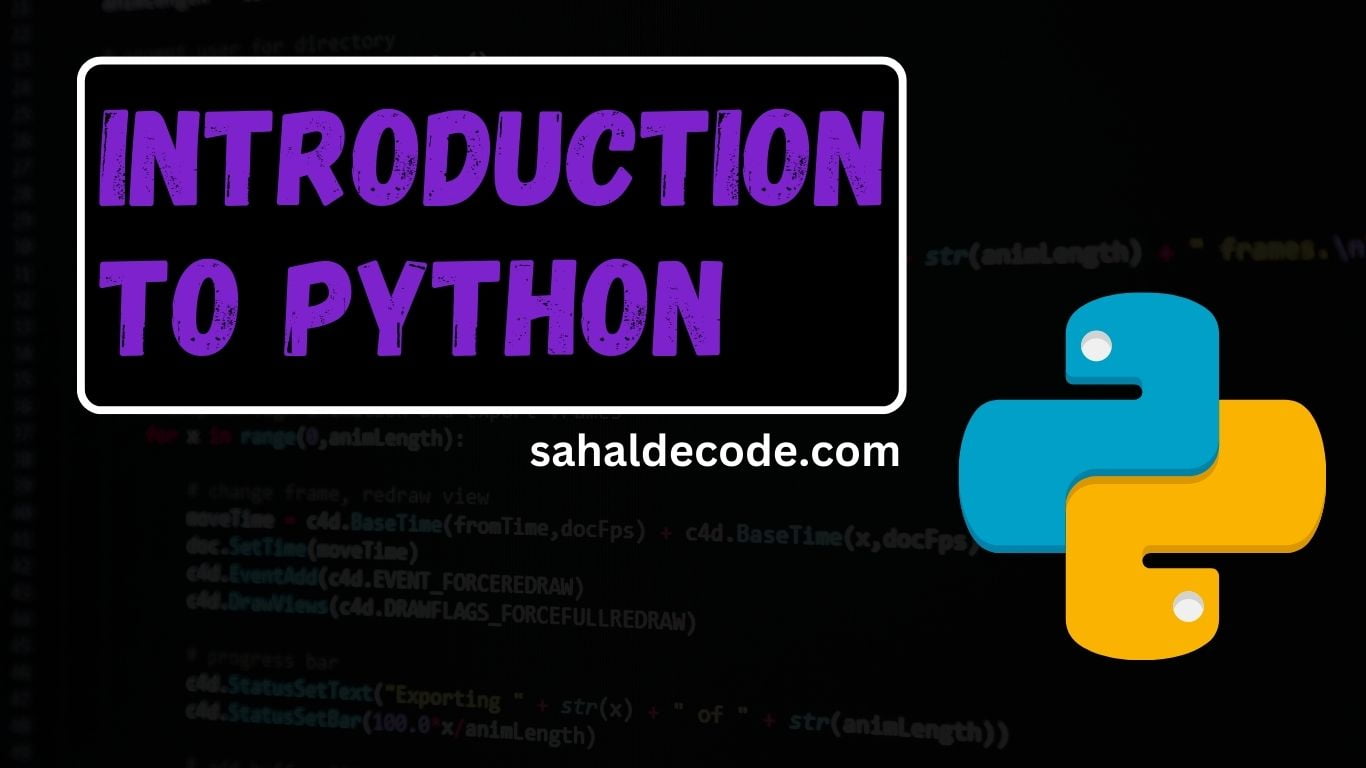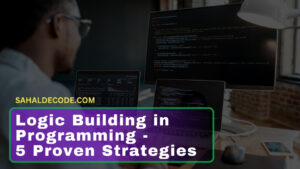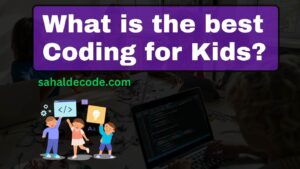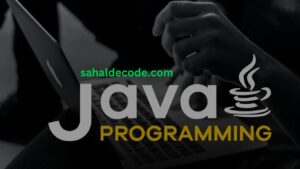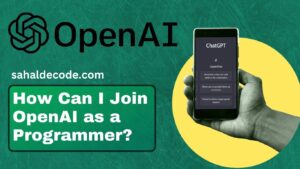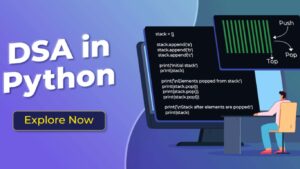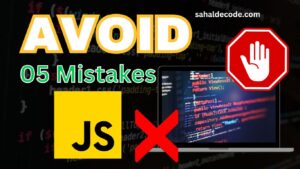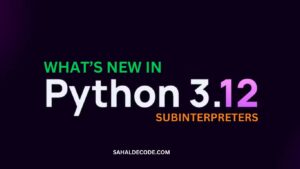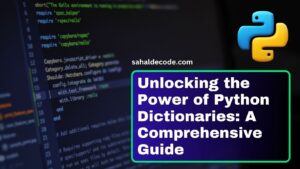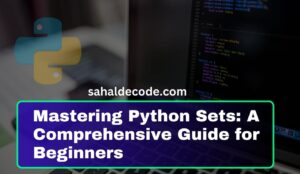Have you ever wondered how apps, websites, and games are created? If you’re curious about the world of programming but don’t know where to start, you’re in the right place! In this Python introduction, we’ll delve into the basics of programming using Python, a popular and beginner-friendly programming language.
What is Python?
Python is a versatile and easy-to-learn programming language that’s used in a wide range of applications. It was created in the late 1980s by Guido van Rossum and has since gained popularity due to its simplicity and readability. Python’s focus on clean and intuitive syntax makes it an excellent choice for beginners who are taking their first steps into the world of coding.
It is used for:
- web development (server-side),
- software development,
- mathematics,
- system scripting.
Key Features of Python Introduction
Python boasts several key features that make it a standout programming language, especially for beginners:
- Readability: Python code is highly readable, resembling plain English. This means that even if you’re new to programming, you can easily understand and write Python code.
- Versatility: Python can be used for a wide range of tasks, from web development and data analysis to artificial intelligence and scientific computing.
- Large Community and Resources: Python has a massive community of developers, which means there are plenty of resources, tutorials, and libraries available to help you along your coding journey.
- Cross-Platform Compatibility: Python is compatible with various operating systems, making it easy to write code that works on different platforms.
- Interpreted Language: Python is an interpreted language, which means you can execute your code line by line, making it great for testing and debugging.
What can Python do?
- Python can be used on a server to create web applications.
- Python can be used alongside software to create workflows.
- Python can connect to database systems. It can also read and modify files.
- Python can be used to handle big data and perform complex mathematics.
- Python can be used for rapid prototyping or production-ready software development.
Why Choose Python as a Beginner?
If you’re new to programming, Python is an excellent starting point. Its beginner-friendly nature and wide range of applications make it an ideal choice for those taking their first steps into coding. With Python, you’ll quickly grasp programming concepts, which will lay a solid foundation for learning other languages in the future.
Python Kickstart Guide
Now that we’ve covered the basics, let’s dive into some practical aspects of Python. To start coding in Python, you need to set up your development environment. Don’t worry; it’s not as complicated as it sounds! Follow these steps:
- Install Python: Visit the official Python website and download the latest version of Python. The website provides installation guides for different operating systems, so you can choose the one that suits you.
- Choose an IDE (Integrated Development Environment): An IDE is a software application that provides tools for coding and debugging. For beginners, we recommend using IDLE, Python’s built-in IDE, or other popular options like Visual Studio Code or PyCharm.
- Write Your First Python Code: Once your environment is set up, it’s time to write your first Python code! Let’s start with a simple “Hello, Python!” program:
print ("Hello, Python!")Congratulations! You’ve just written and executed your first Python program.
Relative Article:
Exploring Python Syntax
Python’s syntax is what gives the language its simplicity and readability. Here are a few fundamental syntax rules to get you started:
- Variables: In Python, you can assign values to variables using the ‘=’ symbol. For example: name = “Alice”
- Indentation: Unlike many other programming languages, Python uses indentation to indicate blocks of code. This promotes clean and organized code.
- Comments: Comments are essential for explaining your code. Use the ‘#’ symbol to add comments: # This is a comment.
- Data Types: Python supports various data types, including integers, floats, strings, and booleans.
- Control Structures: Python uses statements like if, else, and while for control flow.
Next Steps and Resources
As you embark on your Python journey, remember that practice makes perfect. The more you code, the more you’ll become comfortable with Python’s syntax and concepts. Here are some resources to help you on your way:
- Python.org: The official Python website offers comprehensive documentation, tutorials, and guides.
- Codecademy: An interactive online platform that offers Python courses for beginners.
- Automate the Boring Stuff with Python: A popular book by Al Sweigart that teaches Python through practical examples.
Download Automate the Boring Stuff Book
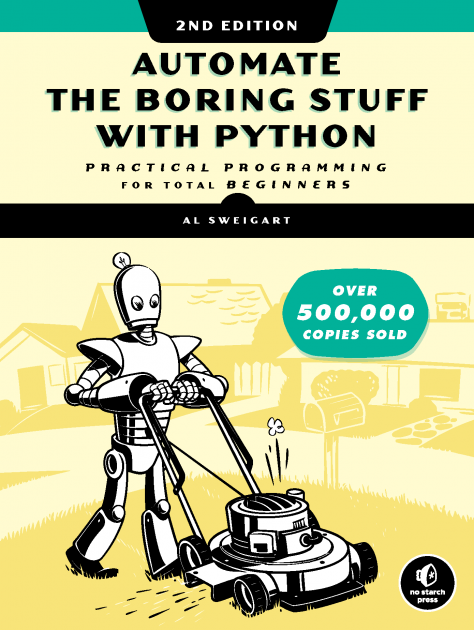
Automate the Boring Stuff with Python: A popular book by Al Sweigart that teaches Python through practical examples.
About the Author
Al Sweigart is a software developer and tech book author living in San
Francisco. Python is his favorite programming language, and he is the
developer of several open-source modules for it. His other books are freely
available under a Creative Commons license on his website http://www
.inventwithpython.com/. His cat weighs 14 pounds.
About the Tech Reviewer
Ari Lacenski is a developer of Android applications and Python software.
She lives in San Francisco, where she writes about Android programming at
http://gradlewhy.ghost.io/ and mentors with Women Who Code. She’s also a
folk guitarist.
With the basics covered and resources at your fingertips, you’re well-equipped to begin your programming adventure with Python. Remember, learning to code is like learning a new language: take it one step at a time, and don’t be afraid to make mistakes. Happy coding!
In this Python introduction, we’ve explored the fundamental aspects of the programming language that make it an ideal choice for beginners. From its readability and versatility to its large community and resources, Python offers a welcoming entry point into the world of coding. By following the steps to set up your development environment and grasping the essential syntax, you’re on your way to becoming a proficient Python programmer. So, dive in, experiment, and enjoy your journey into the fascinating realm of programming!
